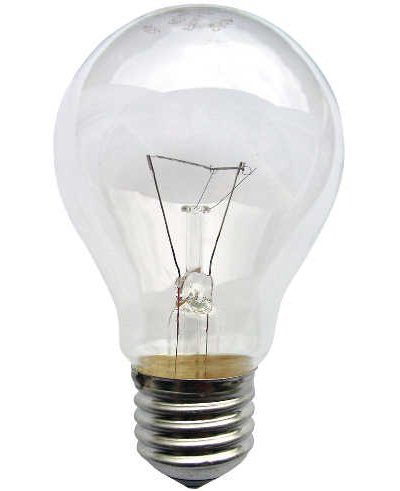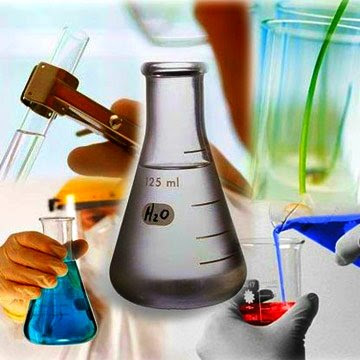Incandescent light bulb
The incandescent light bulb is a source of electric light that works by incandescence, which is the emission of light caused by heating the metal filament to a high temperature until it glows.
Incandescent light bulbs:
are produced in a wide range of sizes, light output, and voltage ratings, from 1.5 volts to about 300 volts.
mercury-free
require no external regulating equipment
have low manufacturing costs
compatible with control devices such as dimmers and timers
work equally well on either alternating current or direct current.
dimmers can be used to control brightness
have a lifespan of 750 hours or 1,000 hours
are highly inefficient, as over 98% of the energy input is emitted as heat, only 2% of its power input can be converted to visible white light
produces 13 to 18 lumens per watt

Compact Fluorescent light bulb
A fluorescent light bulb is a gas-discharge light bulb that uses electricity to excite mercury vapor. The excited mercury atoms produce short-wave ultraviolet light that then causes a phosphor to fluoresce, producing visible light. While larger fluorescent light bulbs have been mostly used in commercial or institutional buildings, the compact fluorescent light bulb is now available in the same popular sizes as incandescents and is used as an energy-saving alternative in homes.
Compact Fluorescent light bulbs:
if breaks, exposure to hazardous mercury can occur
contains mercury which complicates their disposal
requires a ballast to stabilize the current through the light bulb, and to provide the initial striking voltage required to start the arc discharge. Energy lost in magnetic ballasts can be significant, on the order of 10% of its input power.
purchase price is typically 3 to 10 times greater than that of an incandescent light bulb
cannot be connected to dimmer switches intended for incandescent light bulb and for dimming installations, it requires a compatible dimming ballast
efficiency is affected by shape and size
efficiency decreases in much lower or higher temperature
when frequently switched on and off, it will age rapidly and under extreme conditions, its lifespan may be much shorter than a cheap incandescent light bulb.
have a lifespan of 6,000 to 15,000 hours, 8 to 15 times that of incandescents
use 20 to 33 percent of the power of equivalent incandescent light bulb for a given light output
convert about 22% of the power input to visible white light
heat generated by fluorescent light bulb is much less than its incandescent counterpart
energy is still lost in generating the ultraviolet light and converting this light into visible light.
produces 40 to 70 lumens per watt

LED light bulb
A LED light bulb uses light-emitting diodes (LEDs) as the source of light. LED is a “solid-state” technology, which means that the materials used to generate the light are encased within a solid material. LEDs are based on the semiconductor diode. When the diode is forward biased (switched on), electrons are able to recombine with holes and energy is released in the form of light.
LED light bulbs:
offer lifespans of 30,000 or more hours, reduced if operated at a higher temperature than specified
require more precise current and heat management
mercury-free
available with a variety of color properties
higher purchase cost than other types
do not need ballast
improved robustness
smaller size
lower energy consumption
greater durability and reliability
are subject to very limited wear and tear if operated at low currents and at low temperatures
efficiency is not affected by shape and size
efficiency tends to decrease as one increases current
produces 20 to 60 lumens per watt

Reflections:
I learnt how each bulb produces light and the advantages and disadvantages of each bulb. Incandescent light bulbs are very cheap but it does not last long and much energy are wasted as most energy is emitted as heat. Compact fluorescent light bulbs on the other hand are not considered expensive and can last longer than incandescent light bulbs and also less energy are wasted as compared to incandescent light bulbs. Although the LED light bulbs are very expensive, it would last much longer than other bulbs and it can greatly reduce the amount of energy used. If I was given a choice, I would definitely choose the LED light bulbs as even though they cost a lot, my money would be worth it as their lifespan are very long , can save the most energy and is safe as it is mercury-free.
















